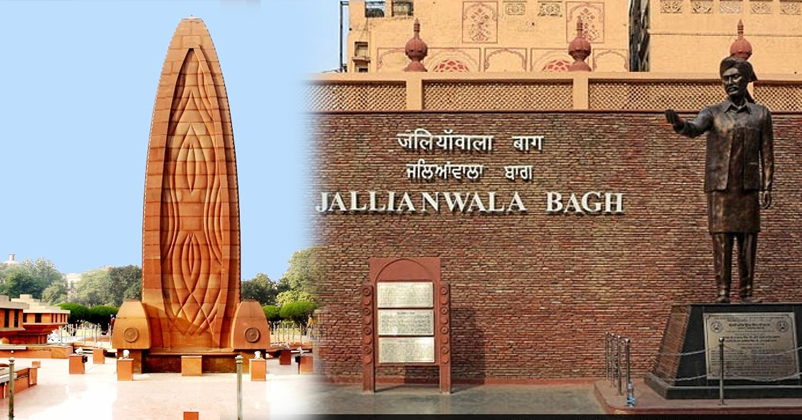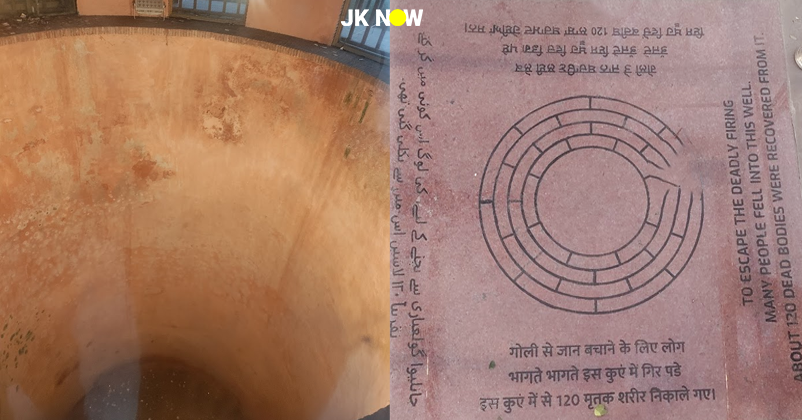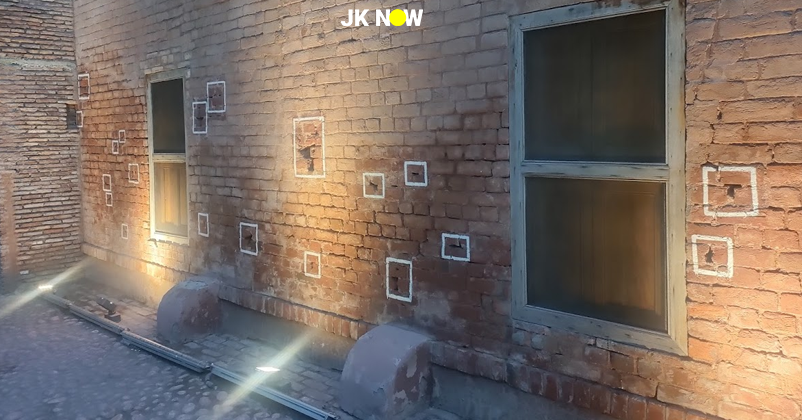13 April, 1919: Memories of Bloodshed: Commemorating the Jallianwala Bagh Massacre
Total Views |

The Jallianwala Bagh Massacre, remains one of the darkest events in India's struggle for independence. On April 13, 1919, British troops led by Brigadier General Reginald Dyer opened fire on a crowd of unarmed Indian civilians gathered at the Jallianwala Bagh garden in Amritsar, Punjab for a peaceful protest against the British colonial rule.
The massacre occurred during a period of heightened tension in India, marked by protests against British colonial rule and the implementation of repressive laws such as the Rowlatt Act, which allowed for the indefinite detention of individuals without trial.

The gathering at Jallianwala Bagh was initially intended as a peaceful protest against these laws and the arrest of Indian leaders. However, the situation quickly turned violent when General Dyer ordered his troops to block the only exit point and indiscriminately open fire on the crowd, which included men, women, and children. The firing continued for about ten minutes, resulting in the deaths of hundreds of people and leaving thousands injured. The brutality and senseless violence of the massacre shocked the world and sparked outrage across India.
The British government's response to the massacre further inflamed tensions. While some British officials condemned Dyer's actions, others, including Winston Churchill, defended him, exacerbating the divide between the British and Indian populations. Dyer himself was eventually removed from his post and censured by the British Parliament, but he remained unapologetic for his actions.

The Jallianwala Bagh Massacre left a deep scar on the collective memory of India and continues to be remembered as a symbol of colonial oppression and the sacrifices made by those who fought for independence. The site of the massacre, has been preserved as a memorial to honor the victims and educate the visitors about the event’s significance in Indian history.

